Japanese cuisine captivates people around the globe with its deep-rooted connection to the changing seasons as every season brings its own distinct atmosphere and flavors. When it comes to Japanese summer, the first thing that comes to mind is the images of beaches, festivals, fireworks, and, of course, refreshing food. In this article, we will explore the joy and excitement that Japanese summer brings, along with the delicious dishes that make this time of year in Japan truly extraordinary – Japanese summer cuisine!
What is the Concept of Japanese Summer Cuisine?
Summer in Japan typically spans from June to August, bringing with it soaring temperatures and high humidity. In the summer, it is common to see both Japanese locals and tourists enjoying the season in Japan. They can be found partaking in various activities such as attending Japanese festivals, exploring popular tourist destinations, and enjoying the delightful summer cuisine that Japan has to offer.
In this lively summer atmosphere, Japanese summer cuisine showcases three key features: the use of seasonal ingredients, the creation of refreshing and cooling dishes, and the incorporation of festive elements into the culinary offerings:
Feature 1: The use of seasonal ingredients
Japanese summer cuisine is all about using seasonal ingredients. During the summer, there’s a celebration of fresh produce like cucumbers, watermelon, tomatoes, eggplants, and different herbs. The main goal of Japanese summer cuisine is to help people cool down and feel refreshed. The dishes are to beat the heat and provide relief from the sweltering temperatures so most are from light and cooling ingredients. Therefore, while cooking summer cuisine, Japanese focus on preserving the freshness and enhancing the natural flavors of the ingredients.
Feature 2: Refreshing and Cooling Dishes
To beat the hot weather, Japanese summer cuisine focuses on making dishes that cool and refresh. They use light and cooling ingredients like chilled noodles, fresh vegetables, and citrus flavors. These dishes provide relief from the high temperatures and rejuvenate the body with their revitalizing qualities.
Feature 3: Festive Cuisine
In the summer, Japan comes alive with exciting festivals and joyful celebrations. The cuisine captures this festive spirit, featuring popular street foods and traditional dishes. Taking part in these “matsuri” (Japanese festivals), locals and visitors can enjoy various amazing dishes such as yakitori (grilled skewered chicken), takoyaki (octopus-filled balls), and other delicious treats that not only satisfy hunger but also enhance the festive atmosphere of summer.
Seasonal Ingredients in Japanese Summer Cuisine
Snap Peas
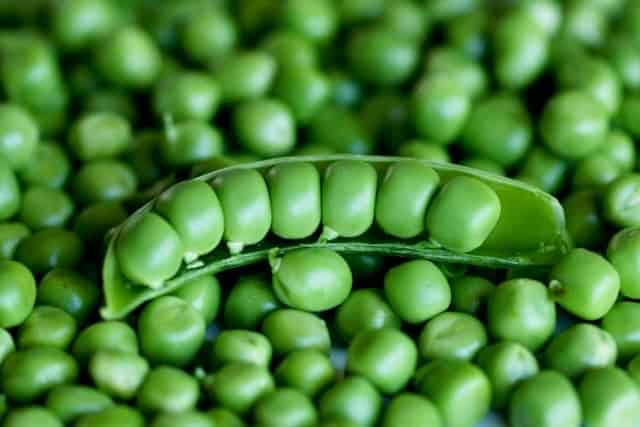
Snap peas have a crisp texture and combine the sweetness of the pea with the crunchiness of the pod. They originated in the United States and are a relatively new vegetable. Their tender pods make them ideal for eating whole. Snap peas are popular in salads and stir-fries and you may also hear of it as snap peas or snack peas.
Recommended Dish: Snap Pea Salad with Sesame Dressing
Top Snap Peas-Producing Regions
The northern island of Hokkaido is famous for its snap pea cultivation, particularly in cities like Furano and Kamifurano. The cooler climate and fertile soil contribute to successful snap pea production in this region.
Corn
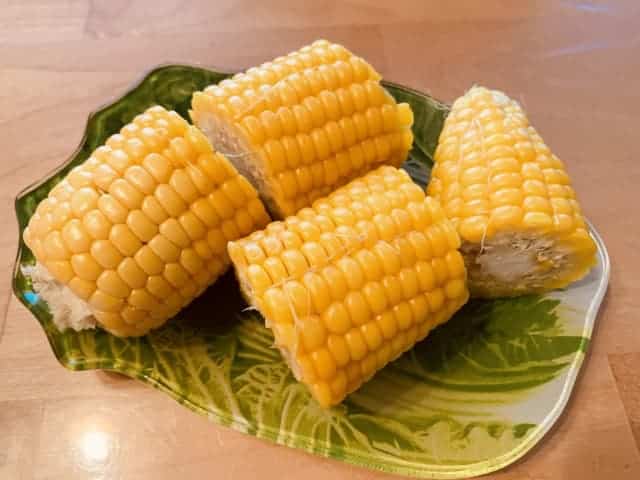
Corn, which has its origins in Mexico and the United States has the name “toumorokoshi” (とうもろこし) in Japanese, derived from “kibi” (きび), which means “maize” in Chinese. It has a long history of cultivation, dating back to ancient civilizations. In Japan, it appeared around the 16th century by Portuguese traders in Nagasaki. Sweet corn, famous for its juicy and sweet kernels, is a highly nutritious vegetable and can even serve as a staple food.
Recommended Dish: Grilled Corn with Soy Sauce and Butter
Top Corn-Producing Regions
Hokkaido in Japan is famous production area for its significant corn production, particularly in the Tokachi region. The large-scale agriculture in Hokkaido allows for abundant corn cultivation. The region’s fertile soil and favorable climate contribute to the production of high-quality corn, establishing Hokkaido corn as a well-regarded brand.
Tomato
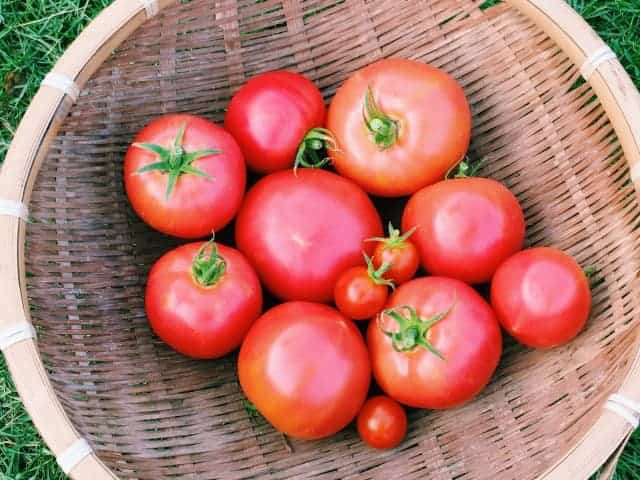
Tomatoes are packed with umami-rich compound glutamic acid, which helps eliminate the odor of meat and fish while providing a refreshing finish to dishes. Whether consumed raw or cooked, the addition of tomatoes can completely transform the flavor profile of a dish and harmonize various ingredients. Known for its versatility, tomatoes are a perfect addition to any summer dish, bringing a touch of uniqueness to classic recipes.
Recommended Dish: Salad with Fresh Tomatoes and Mozzarella
Top Tomatoes-Producing Regions
Kumamoto Prefecture, located in southern Japan, is the leading producer of tomatoes in the country. The region’s warm climate and favorable growing conditions make it an ideal location for tomato cultivation, resulting in high-quality tomato yields.
Paprika
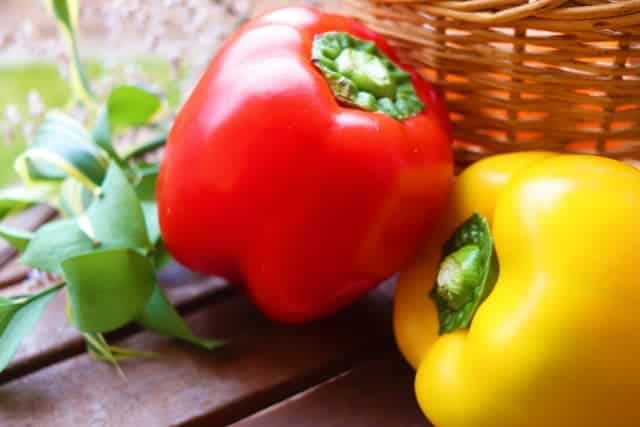
Despite its distinctive appearance, paprika is a versatile vegetable that effortlessly elevates the flavor of dishes. It pairs well with tomatoes and Japanese commonly use it in flavoring stews and other slow-cooked dishes, especially in international cuisine. During the summer, it is advisable to chop paprika into small pieces, marinate them in sweet vinegar, and add them to salads or cold pasta dishes. The crunchy texture and fresh flavor of paprika enhance both the appetite and visual appeal of the dish.
Recommended Dish: Cold Pasta Salad with Paprika Dressing
Top Paprika-Producing Regions
Miyagi is the top producer of domestic paprika in Japan. Ibaraki and Hokkaido follow as the second and third largest producers, respectively. Oita and Nagano also make it to the top five list of paprika-producing regions in Japan.
Peach
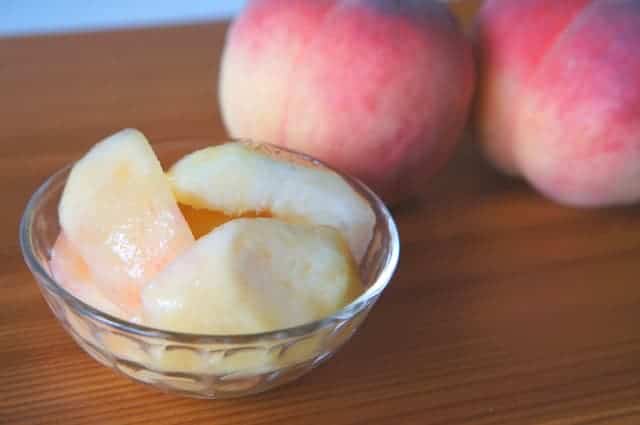
Peaches are in season from early to mid-summer, known for their unique fragrance, sweetness, and smooth flesh. They are rich in nutrients such as pectin, malic acid, citric acid, and niacin. When selecting peaches, choose ones that have a fragrant aroma and unblemished skin.
Recommended Dish: Fresh Peach Slices with Yogurt and Honey, Kakigoori
Top Peach-Producing Regions
Yamanashi Prefecture, located near Tokyo, is popular for its peach orchards. The region’s fertile soil and favorable climate contribute to the production of high-quality peaches. Another place is Okayama, in western Japan, which is famous for its “Okayama Hakuto” peaches, which are known for their sweetness and juiciness. Check here for various Peach in Japan
Refreshing dishes: Fire-Free Cooking and Summer Desserts
Fire-free cooking
- Sun-Drying
-
Lay out ingredients such as fish and seaweed under the sun in traditional sun-drying methods to preserve them and enhance their flavors.
- Pickling and Fermenting
-
With an abundance of summer vegetables, people often pickle or ferment them to extend their shelf life. A variety of pickled vegetables, called “tsukemono,” are particularly enjoyed during the summer season.
- Raw and Chilled Dishes
-
Instead of using heat in the kitchen, raw seafood delicacies like sashimi and sushi become popular choices. Chilled dishes such as hiyayakko (chilled tofu) and hiyashi chuka (cold ramen salad) offer refreshing options to beat the summer heat.
Summer Desserts
Garigari-kun

Garigari-kun is a popular Japanese summer dessert that consists of a flavored ice bar on a stick. It comes in various fruity flavors such as lemon, grape, and watermelon. The refreshing and icy texture of Garigari-kun makes it a delightful treat to beat the summer heat.
Mochi Ice Cream
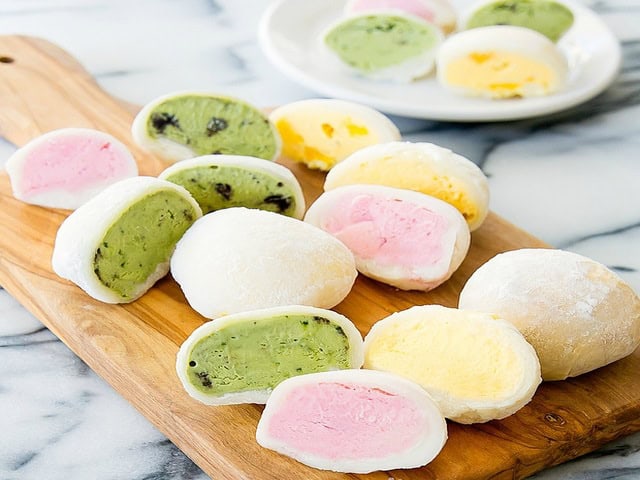
Mochi ice cream combines the traditional Japanese rice cake, mochi, with ice cream. It features a soft and chewy outer layer made from pounded glutinous rice, filled with a small ball of ice cream in the center. Mochi ice cream is available in various flavors and offers a unique and enjoyable dessert experience.
Kakigoori
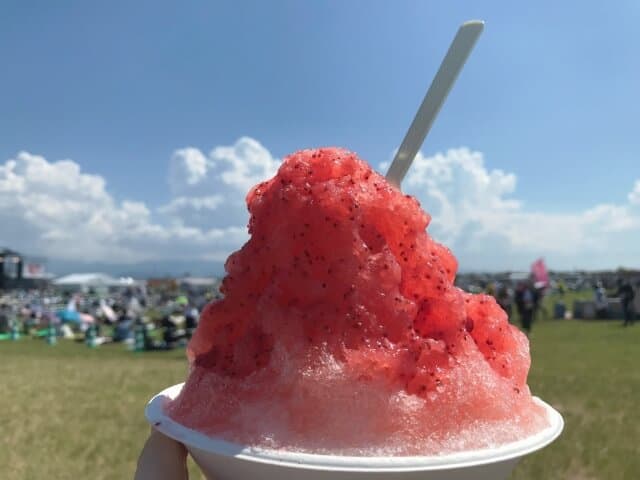
Kakigoori is a beloved Japanese shaved ice dessert that is especially popular during the summer months. It involves finely shaved ice piled high in a bowl and topped with various sweet syrups such as strawberry, melon, or matcha. Kakigoori is often garnished with condensed milk, fresh fruit, or sweet red bean paste, creating a refreshing and colorful treat that helps cool down on hot sumer days.
Japanese Festivals and their cuisine
About Omatsuri
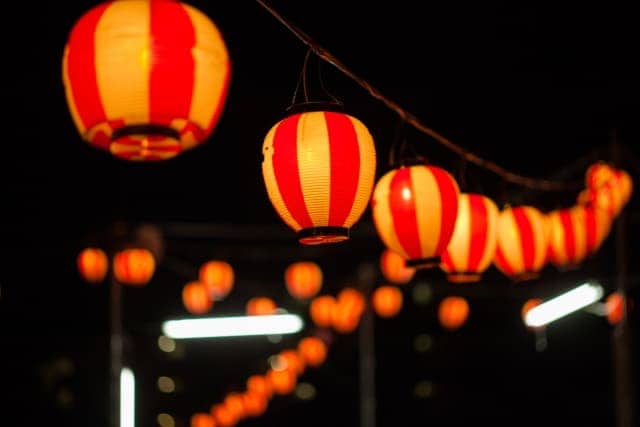
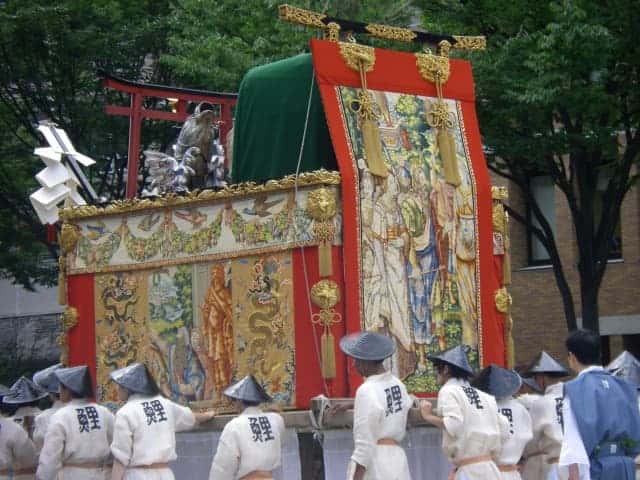
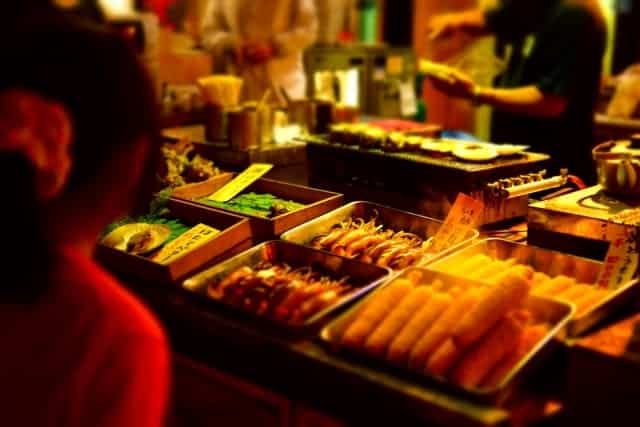
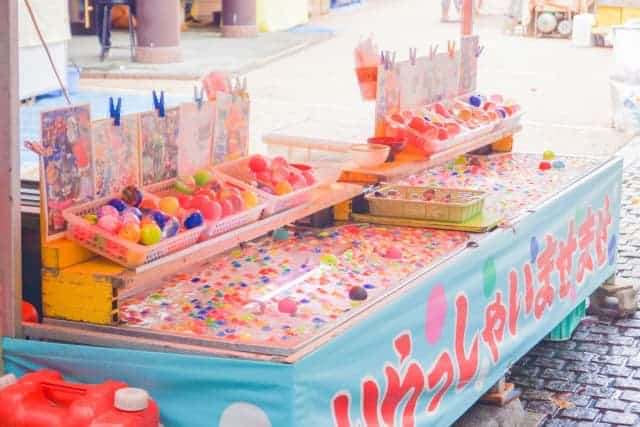
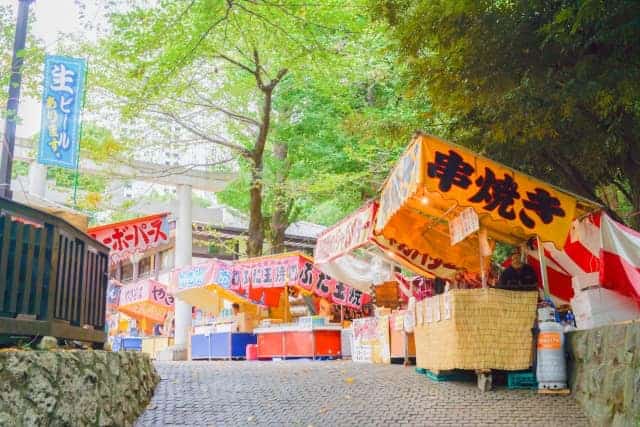

Japanese matsuri, or festivals, are lively and colorful celebrations that are an inseparable part of Japanese culture. These festive gatherings bring communities together to celebrate and honor various traditions and customs that have been passed down through generations.
Matsuri are filled with joy and excitement, with people of all ages participating in the festivities. Colorful decorations adorn the streets, creating a vibrant atmosphere. Traditional music and dances, such as the spirited bon odori, fill the air, providing a lively soundtrack to the festivities.
One of the highlights of matsuri is the diverse array of delicious food that is available. Food stalls line the festival grounds, offering a wide range of mouthwatering treats. Festival-goers can savor popular street foods like takoyaki, yakisoba, and okonomiyaki, which are prepared fresh and bursting with flavors. Sweet delights like kakigori and taiyaki provide a refreshing and indulgent experience.
Matsuri not only celebrate the present but also pay homage to Japan’s rich cultural heritage. Traditional costumes, such as yukata, are worn by many attendees, adding to the festive ambiance. The festivals often feature processions of mikoshi, portable shrines that are carried through the streets, symbolizing the community’s spiritual connection and unity.
Food in Matsuri
Yakisoba
Yakisoba is a popular festival food in Japan. It consists of stir-fried noodles, usually made from wheat flour, cooked with various ingredients such as cabbage, carrots, and slices of meat. The dish is flavored with a savory sauce and often garnished with pickled ginger and dried seaweed.
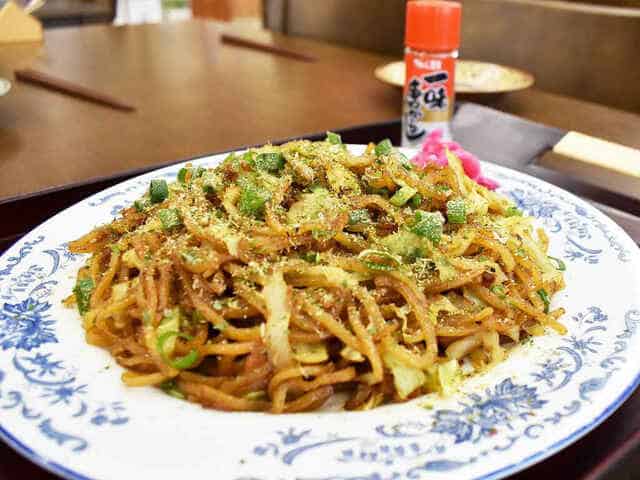
Takoyaki
Takoyaki is a delightful snack that originated in Osaka and has become a must-try at Japanese festivals. These bite-sized, ball-shaped treats are from a batter filled with diced octopus, green onions, and other ingredients. They are cooked in special takoyaki pans, which give them their signature round shape. Once cooked, they are drizzled with takoyaki sauce, mayonnaise, and sprinkled with bonito flakes. The result is a savory, flavorful snack with a soft and gooey center.
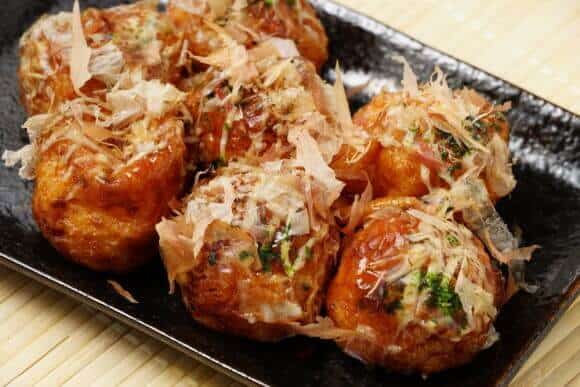
Okonomiyaki
Okonomiyaki is a delicious pancake that is immensely popular at Japanese festivals. The batter is from flour, grated yam, and dashi broth, mixed with shredded cabbage, green onions, and a variety of toppings such as pork, seafood, or cheese. The mixture is cooked on a griddle, and once golden brown, it is topped with okonomiyaki sauce, mayo, bonito flakes, and dried seaweed. The name “okonomiyaki” means “grilled as you like,” allowing for customization with different ingredients and flavors.
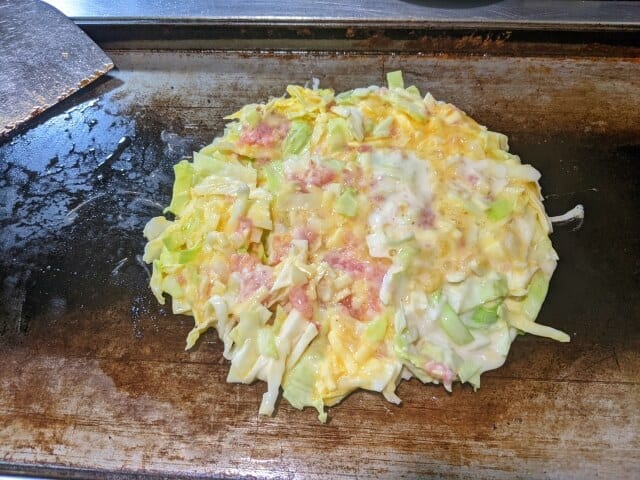
Taiyaki
Taiyaki is a delightful fish-shaped pastry that is often enjoyed as a sweet treat during festivals. The pastry is made from a pancake-like batter and filled with sweet red bean paste. The batter is poured into fish-shaped molds and cooked until golden and crispy. It features the a warm, fluffy pastry with a sweet, creamy filling. Nowadays, there are also variations with different fillings such as custard, chocolate, or sweet potato.
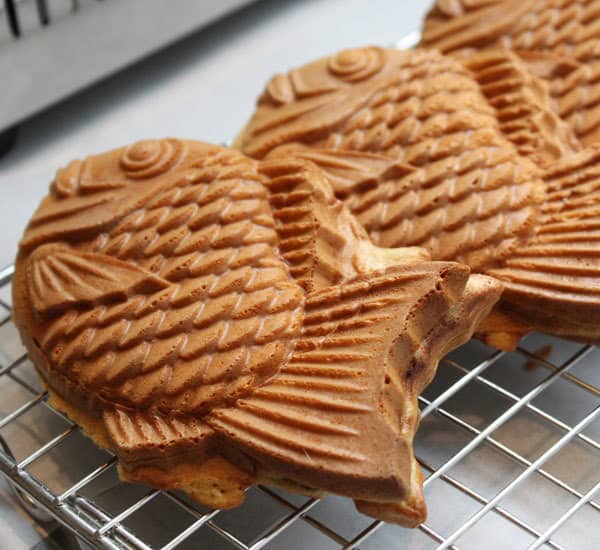
Takeaway of Japanese summer cuisine
Japan’s summer is a time of festivals and tantalizing food. From sizzling yakisoba noodles to savory takoyaki balls and flavorful okonomiyaki pancakes, festival-goers relish in a variety of delicious dishes. These street foods are cooked fresh on griddles and enjoyed with friends and family, offering a delightful mix of flavors and textures. And don’t forget the sweet delights like taiyaki, fish-shaped pastries filled with creamy goodness. Summer in Japan isn’t just about lively festivities and traditional performances; it’s also a chance to enjoy the mouthwatering cuisine that adds an extra layer of enjoyment to the season’s celebrations.
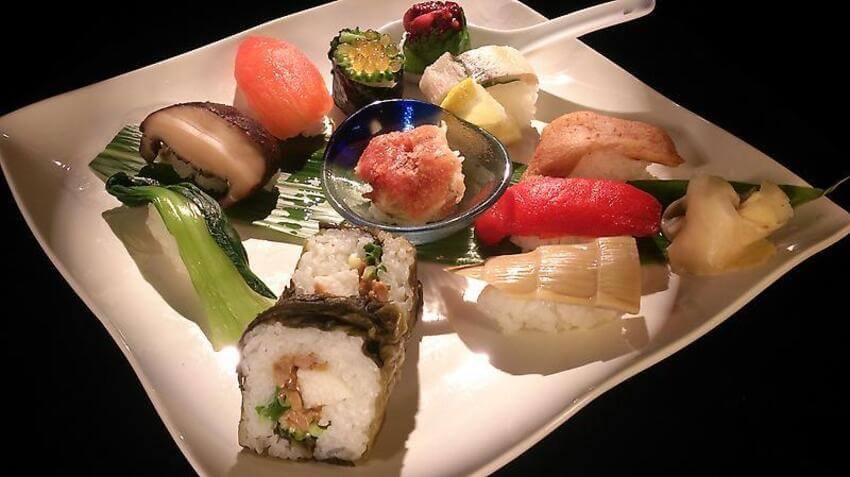





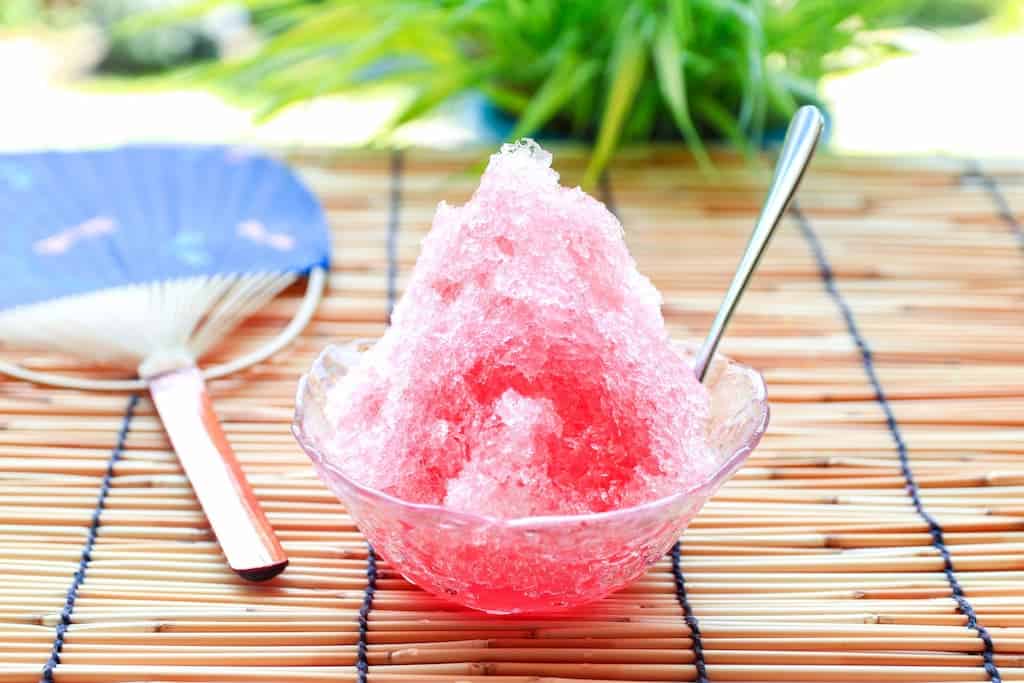
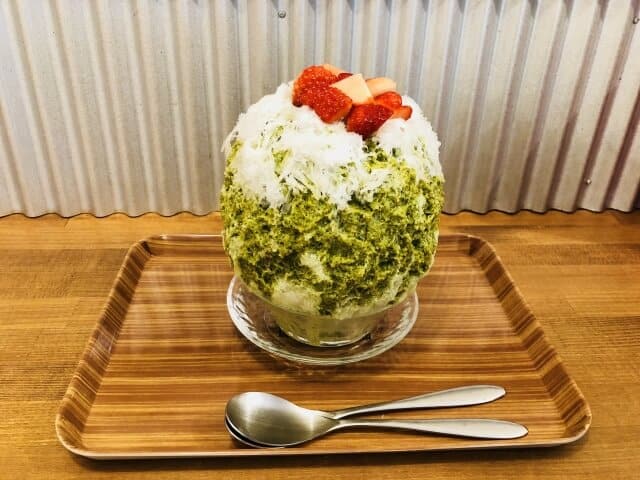
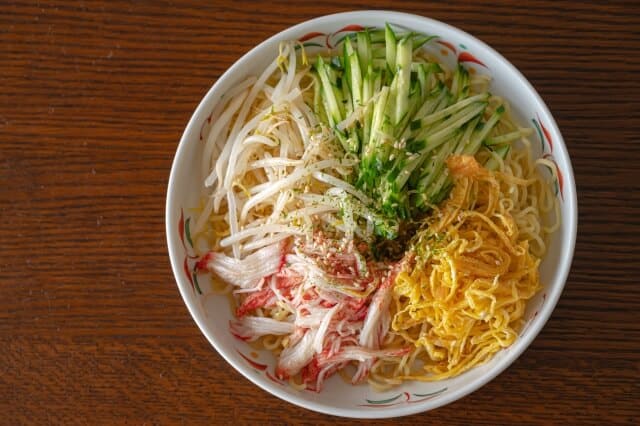
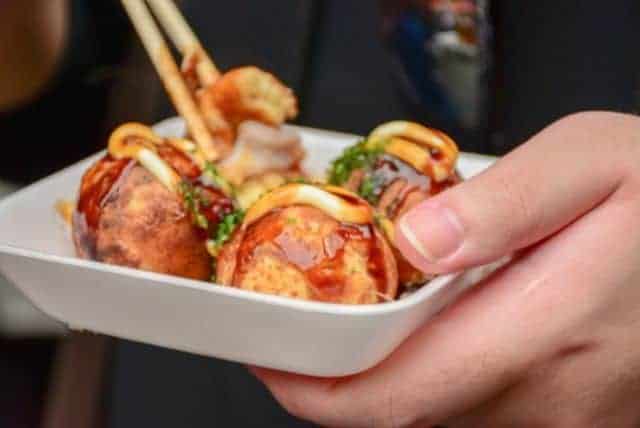
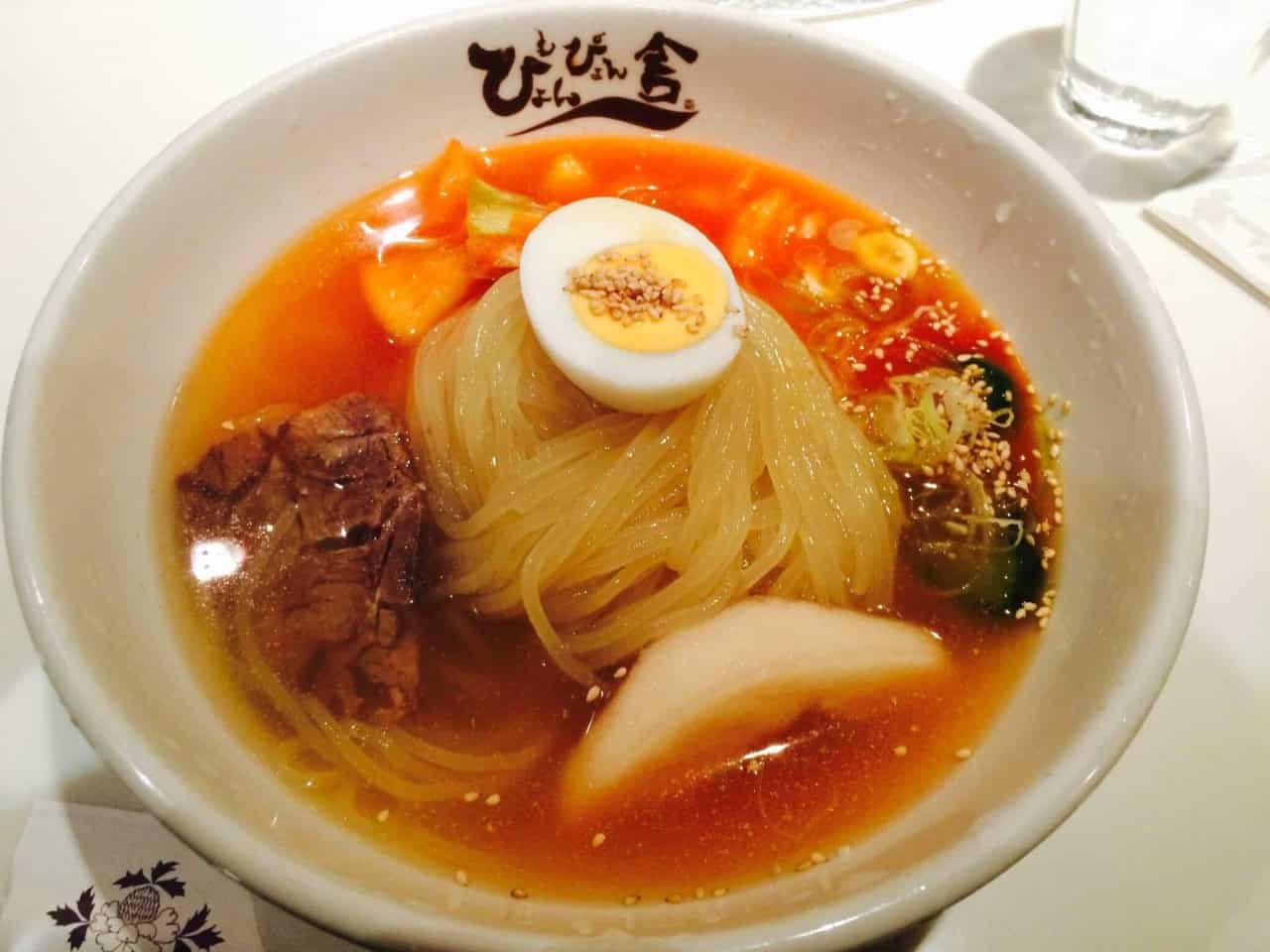
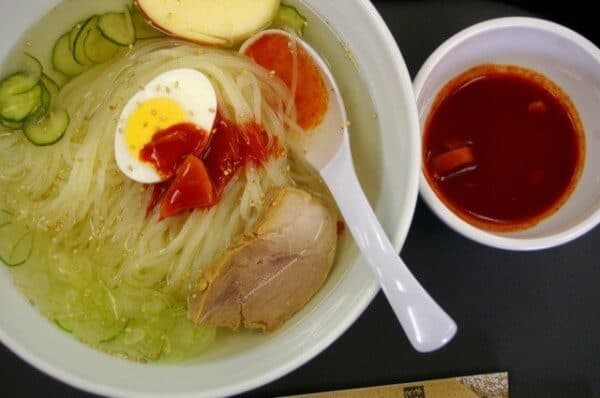
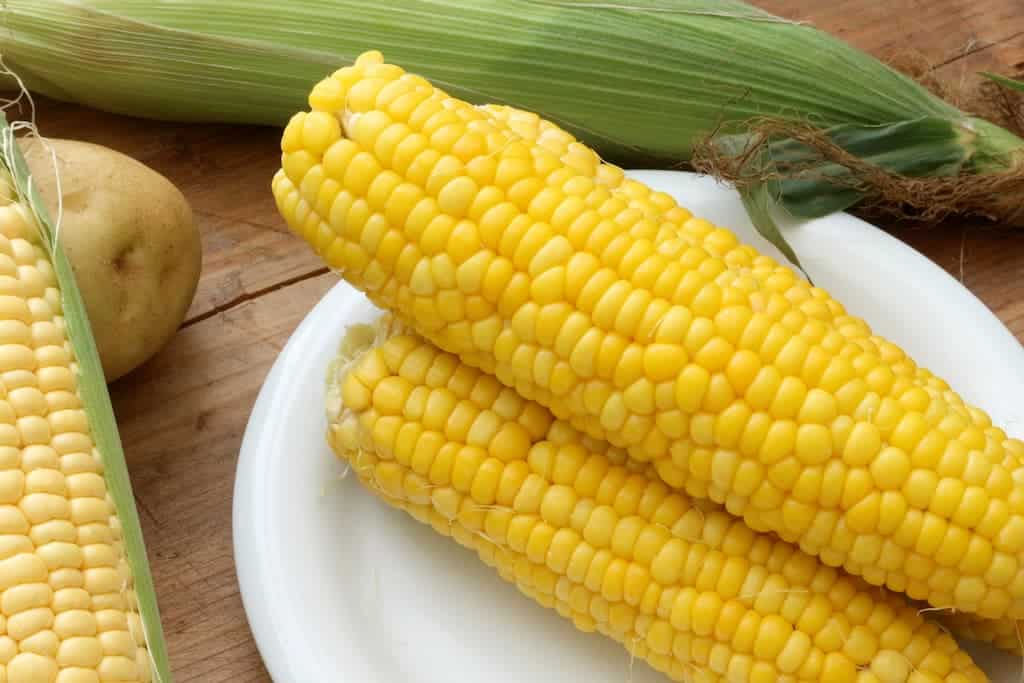
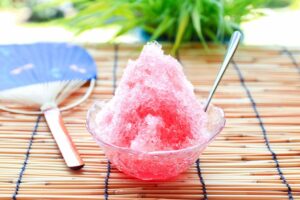
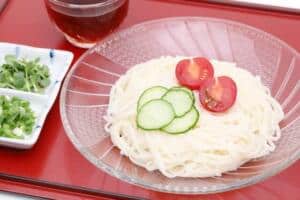
Comments